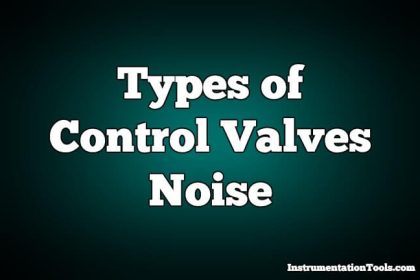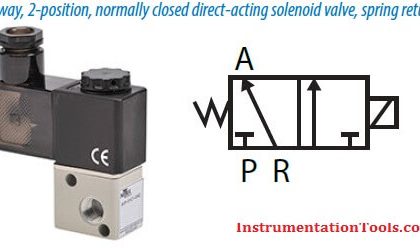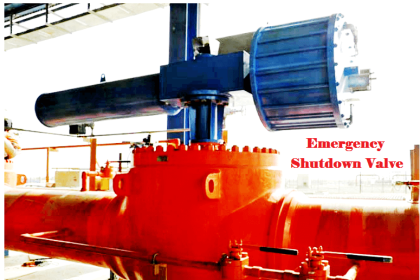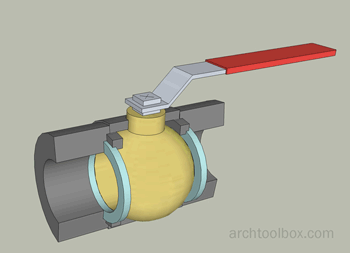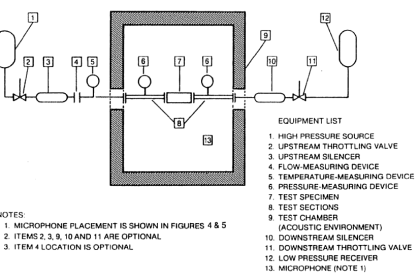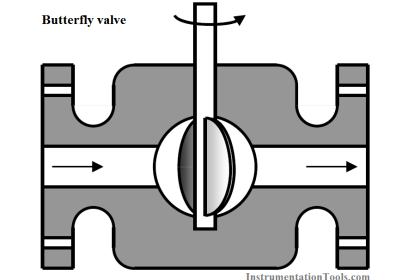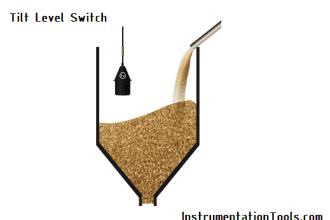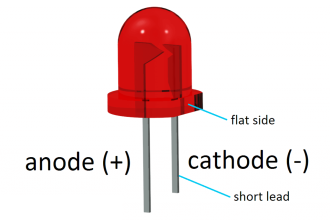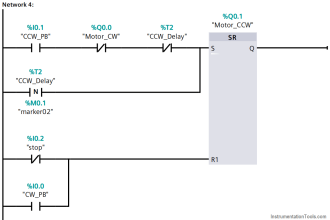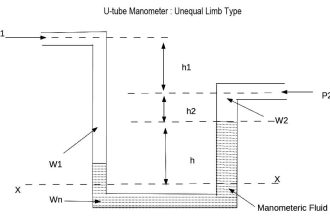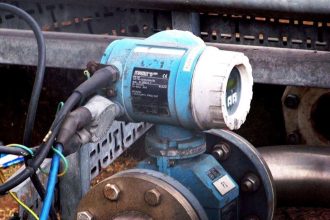Pneumatic systems make use of gas or pressurized air in industries to control the valves. Download the PDF training course.
Pneumatics are extensively used in various industries due to their efficiency, cost-effectiveness, and safety. They use compressed air or other gases to transmit and control energy. Pneumatic systems are found in many applications, from simple mechanisms like bicycle pumps to complex automation systems in manufacturing plants.
Basic Components of Pneumatic Systems
A typical pneumatic system consists of several key components:
- Compressor: The compressor is the heart of any pneumatic system. It is responsible for compressing the air that is used in the system. The compressed air is then stored in a pressure vessel.
- Pressure Vessel (Air Tank): The pressure vessel, or air tank, stores the compressed air produced by the compressor. It allows the system to have a reserve of compressed air ready for use.
- Valves: Valves control the flow and direction of the air within the system. They can be manually operated or automatically controlled.
- Actuators: Actuators convert the energy from the compressed air into mechanical motion. There are two main types of actuators: linear and rotary. Linear actuators move in a straight line, while rotary actuators rotate.
- Pipes and Hoses: Pipes and hoses are used to transport the compressed air from one component of the system to another.
- Air Treatment Components: These components, including air dryers and filters, are used to remove impurities from the air before it is used in the system.
Pneumatic Training Course
You can download the PDF files related to pneumatics.
| Chapter | Course | |
|---|---|---|
| Chapter 1 | Basics of Pneumatics | Download |
| Chapter 2 | Design of pneumatic system | Download |
| Chapter 3 | Construction of control valves | Download |
| Chapter 4 | Function of directional valves | Download |
| Chapter 5 | ISO Symbols of directional control valves | Download |
| Chapter 6 | Valve numbering system | Download |
| Chapter 7 | The pneumatic cylinder – part 1 | Download |
| Chapter 8 | The pneumatic cylinder – part 2 | Download |
| Chapter 9 | The basics of air preparation | Download |
| Chapter 10 | Air Preparation Units | Download |
| Chapter 11 | Valves and Actuators | Download |
| Chapter 14 | Valve solutions for challenging environment | Download |
| Chapter 15 | Valve solutions for the challenging environment | Download |
| Chapter 16 | Valves Explosion protection | Download |
The pneumatic training documents are provided by Hafner Pneumatik
Detailed Look at Pneumatic System Components
Compressor
The compressor is the component that powers the entire pneumatic system. It does this by taking in air at atmospheric pressure and compressing it. This process increases the potential energy of the air, which can then be used to power various tools and machinery.
There are different types of compressors, each with their own advantages and applications:
- Reciprocating Compressors: These compressors work by using a piston and cylinder arrangement. The piston moves back and forth, drawing in air on the intake stroke and compressing it on the compression stroke. These are commonly used in a wide range of applications due to their simplicity and reliability.
- Rotary Screw Compressors: These compressors use two meshed rotating screw-like rotors to compress the air. They are known for their efficiency and are often used in industrial applications where large volumes of high-pressure air are needed.
- Centrifugal Compressors: These compressors use a rotating impeller to accelerate the air, then a diffuser to slow it down, which increases its pressure. They are typically used in large industrial applications due to their ability to produce very high pressures.
Advantages of Compressed Air
- Abundance of Medium: Compressed air, the medium used in pneumatics, is readily available in our environment, ensuring there’s no shortage of it.
- Environmental Impact: After usage, the compressed air returns to its original condition and can be safely released into the environment.
- Shock Absorption: Compressed air can be flexibly compressed, making it ideal for absorbing shocks and vibrations.
- Distribution: The distribution of compressed air can be easily managed with pipes and hoses.
- Safety: Compressed air can be used in environments with fire and explosion hazards.
- Control: Both the pressure level and volume of compressed air can be easily regulated, allowing for easy control of the energy delivered to the actuator.
- Ease of Use and Maintenance: Pneumatic components are easy to use and maintain, and they generally offer reliable functionality.
Disadvantages of Compressed Air
- Preparation: Depending on its application, compressed air may require some preparation, especially filtration and drying.
- Cost: Due to the expensive nature of electric energy and the limited efficiency of compressors, compressed air is a relatively costly means of energy.
- Precision: Due to the compressibility of air, precise and load-independent positioning of the actuators is not possible.
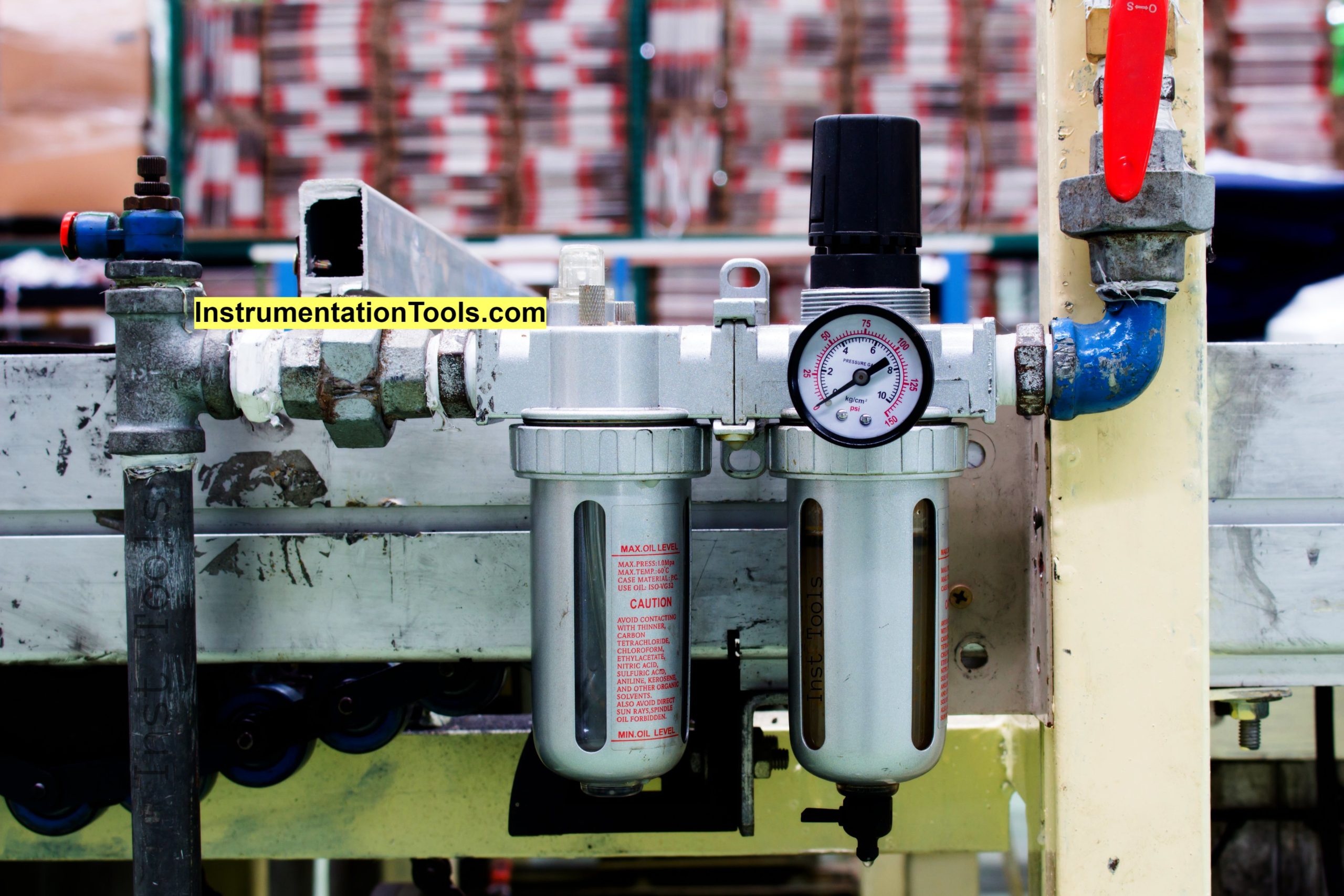
Pressure Vessel (Air Tank)
The pressure vessel, or air tank, is where the compressed air is stored after it leaves the compressor. The size of the tank will depend on the requirements of the system. The tank is designed to withstand the high pressure of the compressed air. It also includes a pressure relief valve for safety, which releases air if the pressure becomes too high.
Valves
Valves are used to control the flow and direction of the compressed air in the system. There are various types of valves used in pneumatic systems:
- Directional Control Valves: These valves control the path of the air in the system. They can be simple on/off valves that control the flow of air in one direction, or they can be more complex, controlling multiple paths and flows.
- Pressure Control Valves: These valves control the pressure of the air in the system. They can be set to maintain a certain pressure, or to limit the maximum pressure in the system.
- Flow Control Valves: These valves control the rate of flow of the air in the system. They can be used to speed up or slow down the rate at which an actuator moves.
Actuators
Actuators in a pneumatic system convert the energy from the compressed air into mechanical motion. There are two main types of actuators:
- Linear Actuators: These actuators move in a straight line. The most common type of linear actuator is the pneumatic cylinder. Inside the cylinder, a piston moves back and forth, creating linear motion.
- Rotary Actuators: These actuators produce rotational motion. They are commonly used in applications like screwing, mixing, and turning.
Pipes and Hoses
Pipes and hoses are the arteries of the pneumatic system. They transport the compressed air from the compressor to the various components of the system. They must be designed to withstand the high pressure of the compressed air and be resistant to wear and tear.
Air Treatment Components
Air treatment components are crucial for maintaining the quality of the air in the system. These components include:
- Air Dryers: These are used to remove moisture from the air. Moisture can cause corrosion and damage to the system, so it’s important to remove it.
- Filters: These are used to remove dust and other impurities from the air. Impurities can cause wear and tear on the system, so it’s important to filter them out.
Compressor Operation and Maintenance
The operation of a compressor involves the intake of air, its compression, and then its discharge into the system. The type of compressor determines the specific operation. For instance, a reciprocating compressor uses a piston-cylinder arrangement to compress the air, while a rotary screw compressor uses two interlocking screws.
Maintenance of compressors is crucial to ensure their efficient operation and longevity. Regular checks should be performed to ensure there are no leaks, the oil level is adequate (for oil-lubricated compressors), and the air filters are clean. The compressor should also be periodically serviced according to the manufacturer’s instructions.
Valve Operation and Maintenance
Valves operate by opening, closing, or partially obstructing passageways to control the flow of air. The specific operation depends on the type of valve. For instance, a directional control valve may use a spool that slides to different positions to control the flow path.
Valve maintenance involves regular inspection for leaks and proper operation. Over time, seals may wear out and need replacement. Also, the valve may need to be cleaned to remove any debris that could obstruct the flow of air.
Actuator Operation and Maintenance
Actuators operate by converting the energy from the compressed air into mechanical motion. A linear actuator like a pneumatic cylinder uses the force of the air to move a piston, while a rotary actuator uses the air to rotate a shaft.
Maintenance of actuators involves regular inspection to ensure they are operating correctly. The seals should be checked for leaks, and the moving parts should be lubricated to prevent wear and tear.
Air Treatment Component Operation and Maintenance
Air treatment components operate to ensure the air in the system is clean and dry. Air dryers work by cooling the air to condense out moisture, while filters work by trapping particles as the air flows through them.
Maintenance of these components involves regularly checking and replacing the filter elements and ensuring the dryer is working correctly. If the air in the system is not properly treated, it can lead to problems like corrosion and wear in other components.
Safety Considerations in Pneumatic Systems
Safety is paramount when working with pneumatic systems. Here are some key safety considerations:
- Pressure: Pneumatic systems operate under high pressure. Components should be rated for the maximum pressure they will encounter. Pressure relief devices should be used to prevent over-pressurization.
- Hose and Pipe Connections: These should be secure to prevent accidental disconnection, which could lead to dangerous whip-like motion of hoses.
- Component Failure: Regular inspection and maintenance can prevent unexpected component failure, which could lead to accidents.
- Noise: Pneumatic systems can be noisy. Appropriate hearing protection should be used in noisy environments.
- Training: Operators should be properly trained in the safe operation and maintenance of pneumatic systems.
Applications of Pneumatic Systems
Pneumatic systems are used in a wide range of industries due to their safety, reliability, and cost-effectiveness. Here are some common applications:
- Manufacturing: Pneumatic systems are widely used in automation. They power various machines and tools, including assembly machines, packaging machines, and robotic arms.
- Construction: Pneumatic tools like jackhammers, nail guns, and concrete vibrators are commonly used in construction due to their power and portability.
- Automotive: Pneumatic systems are used in various automotive applications, including air brakes in trucks and buses, and pneumatic suspension systems.
- Healthcare: Pneumatic systems are used in various medical devices, including ventilators and patient lifts.
Comparison with Other Systems
Pneumatic systems have certain advantages and disadvantages compared to other types of systems like hydraulic and electric systems.
Pneumatic vs Hydraulic Systems
- Safety: Pneumatic systems are generally safer than hydraulic systems. Compressed air is less likely to cause a fire compared to hydraulic oil.
- Cost: Pneumatic systems are usually less expensive to install and maintain than hydraulic systems.
- Speed: Hydraulic systems can move loads faster and with more force than pneumatic systems.
Pneumatic vs Electric Systems
- Safety: Pneumatic systems are safer in hazardous environments where there is a risk of fire or explosion. They don’t produce sparks and can operate safely in wet conditions.
- Cost: Electric systems can be more energy-efficient than pneumatic systems, leading to lower operating costs.
- Control: Electric systems can offer better precision control than pneumatic systems.
The choice between pneumatic, hydraulic, and electric systems depends on the specific requirements of the application, including safety, cost, speed, and control needs.
Conclusion
Pneumatic systems are a key part of many industries, from manufacturing to healthcare. They consist of several basic components, including a compressor, pressure vessel, valves, actuators, pipes and hoses, and air treatment components. Each of these components plays a crucial role in the operation of the system.
While pneumatic systems are known for their safety and cost-effectiveness, they also have their challenges, such as energy efficiency. However, with advancements in technology, the field of pneumatics is continually evolving, with trends towards smarter, more efficient, and more integrated systems.
Understanding the basic components of pneumatic systems and how they work is the first step towards harnessing the power of pneumatics. Whether you’re a beginner just starting out, or an experienced professional looking to brush up on the basics, I hope this guide has been helpful.
